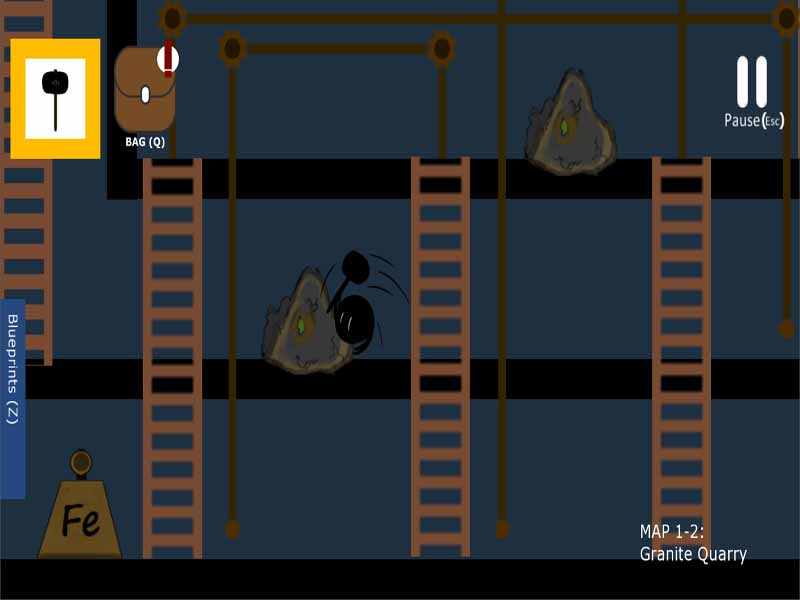

Depending on how severe the symptoms are, one or the other might solve it, however, sometimes you will need to both add wing and lower rear ride height. Oversteer: If you are encountering oversteer (especially on entry), either increasing wing level or lowering the rear ride height will help make the car a more stable platform. By adding downforce to the rear of the car you are taking the centre of the pressure away from the front of the car, adding more force over the rear wheels in the form of aerodynamic load and therefore creating a more understeer biased car. Adding wing level to a car in ACC has the opposite effect of raising the rear ride height. This then brings us onto the wing level you choose to run. Whilst the area of low pressure is greater within the main diffuser area, the cars downforce production and operating window become peakier. This is because you are increasing the differential between the front and rear ride heights and this promotes an effect where the floor of the car isn’t being sealed as effectively as before. When you raise the rear of a car in ACC you are shifting the centre of pressure forwards and therefore dialling more oversteer into the setup. Due to GT3 cars being very aero-sensitive, you want to run the car as low as you can on the front to keep the centre of gravity as low as possible without the risk of stalling the floor of the car, or bottoming the car out over kerbs or big compressions.īecause of this, once you have settled on a good front ride height, focus then shifts to your rear ride height, and balancing that with the wing level you are currently running on the car.
BEST TRICKS LIFTOFF SIMULATOR DRIVER
This is because a driver can much more easily influence how much oversteer they want the car to have corner to corner, whereas there is nothing you can do to reduce heavy understeer other than to over-slow the car a lot and wait for the front end of the car to grip up again. In most cases, it is always better to have an oversteering car than an understeering one. That is down to where the weight is situated within the car and therefore promotes certain tendencies.īut let’s focus on the general rules of thumb we can apply in this article. For example, front-engined and mid-engined cars will naturally behave differently. There are a couple of the areas above which can be quite specific to a particular type of car.

There are a few key areas that you can focus on to rectify oversteer and understeer in ACC through the setup. Seems fairly straight forward, but how do we use the setup parameters in ACC to rectify these problems? Understeer is where a car rotates slower than the racing driver wants, and results in the front of the car sliding across the surface of the track.” “Oversteer is where a car rotates faster than the racing driver wants, and results in the rear of the car becoming unstable. In this ACC Setup Guide, we will be tackling both oversteer and understeer and providing you with tips to guide you in overcoming any challenges they may present to you. Finding that neutral balance in the setup is a key component of going quickly in ACC, and it comes down to managing both oversteer and understeer tendencies.

Not only can a setup determine your overall pace, but it can also determine your consistency and race management throughout a stint. Setups play an integral part in Assetto Corsa Competizione.


 0 kommentar(er)
0 kommentar(er)
